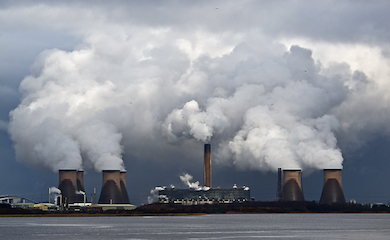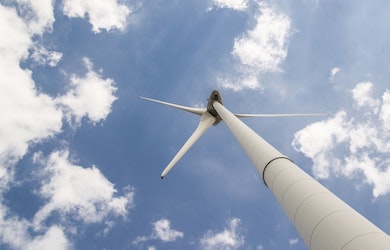Since the construction of the first hydroelectric power plant in the southern hemisphere, in 1885, New Zealand has become one of the world leaders in Renewable Energy [1]. Approximately 84% of the country’s electricity comes from renewable energy sources and they plan to be using 100% by 2035 as well as a ‘carbon neutral economy’ by 2050 [2]. Part of this drive to reach net zero is being supported by the new Fast-Track Consenting Act, where large scale solar developments (among other infrastructure) can seek to gain consent at a reduced time.
The Fast-Track Act
New Zealand has introduced the Fast-Track Consenting Act to accelerate infrastructure development for projects that have the ability to increase employment and help recover the economy after the pandemic of COVID-19 [3].
Environment Minister David Parker said the Fast-track Consenting Act lets ministers send projects straight to the independent panel, which is administered by the Environmental Protection Authority (EPA) [4]. The process has been designed to reduce consenting time by an average of 15 months per project, saving infrastructure builders time and money.
Parker said, “These projects are examples of the type of renewable energy development needed to meet our environmental goals, and increasing generation and supply improves our national energy resilience […] The permanent fast-track consenting process is a crucial part of our plan to reduce emissions and improve our economic security by increasing domestically generated renewable energy.”[4].
Projects under the management of UK renewables developer Island Green Power, such as Waerenga Solar Farm and Rangiriri Solar Farm are among those referred to the Fast-Track panel [5].
Figure 1: Blue Solar Panel Board [6]
Solar Developments in New Zealand
In recent years, Pager Power has worked on various solar developments in the following districts:
- Auckland;
- Canterbury;
- Manawatu;
- Waikato;
- Whakatāne.
Pager Power has completed assessments pertaining to road safety, residential amenity, railway operations and infrastructure, and aviation activity within New Zealand – including layout optimisations. Pager Power also has experience providing expert evidence on glint and glare effects at hearings with Planning Authorities.
Conclusion
The construction of solar developments within New Zealand is on the rise and the introduction of the Fast-Track Consenting Act will see the country continue to excel as one of the world’s leading renewable energy powers.
With Pager Power’s extensive experience in undertaking glint and glare assessments in New Zealand, we are thrilled to witness the progress of solar infrastructure that is taking place. If you have a solar, wind or tall building development that requires a technical assessment, we are more than happy to advise, so please do get in touch here.
References
[1] https://borgenproject.org/renewable-energy-in-new-zealand/
[2] https://www.climatecouncil.org.au/11-countries-leading-the-charge-on-renewable-energy/
[3]https://environment.govt.nz/what-government-is-doing/areas-of-work/fast-track-consenting/
[6] Pixabay (July 2011) Blue Solar Panel Board from Pexels.com. Last accessed on 16th May 2023. Available at: https://www.pexels.com/photo/blue-solar-panel-board-356036/




